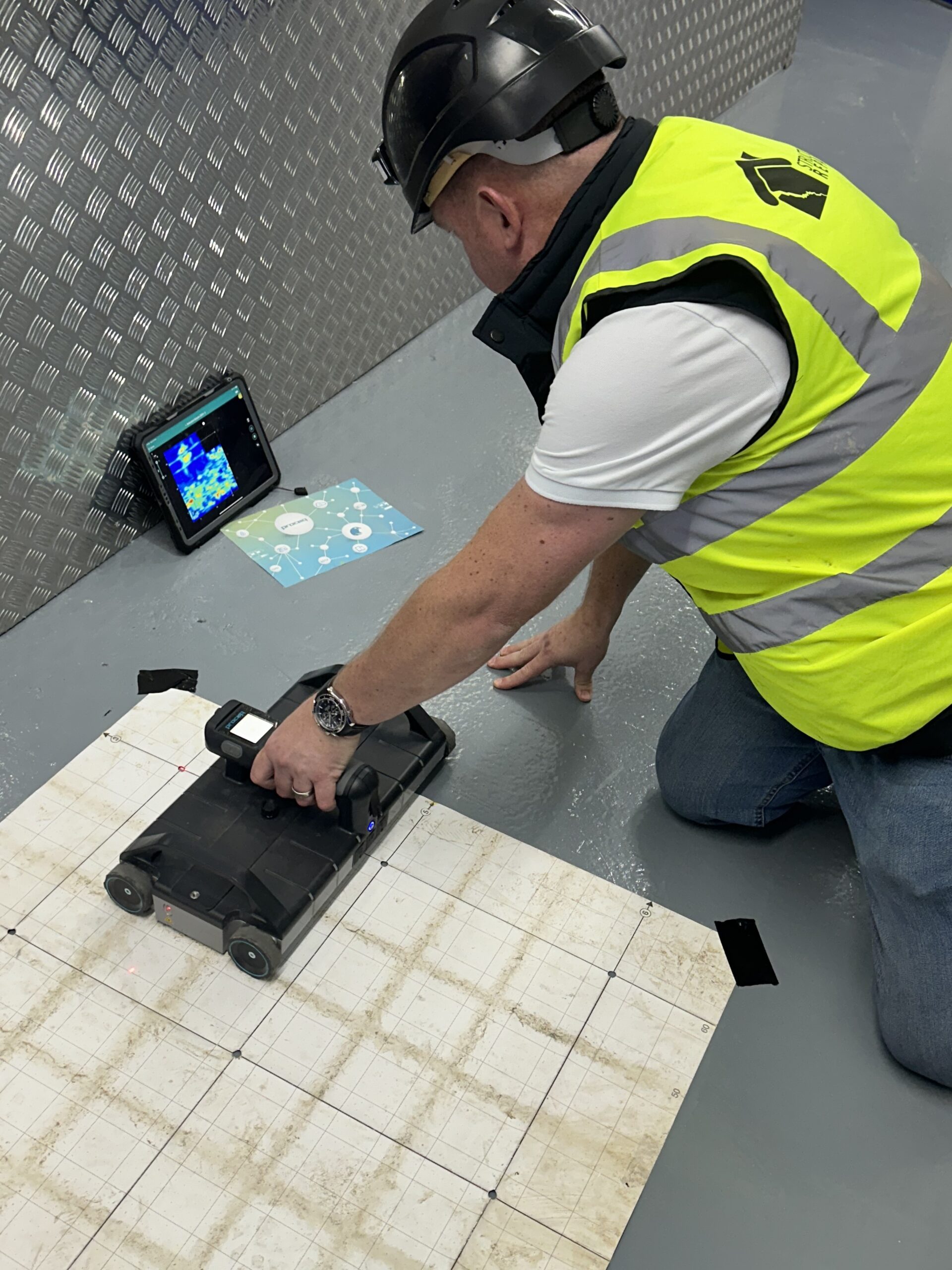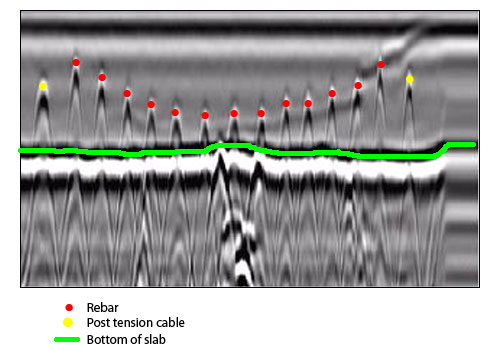Introduce the Transformative Power of Concrete Scanning in Taking Full Advantage Of Effectiveness and Safety
Concrete scanning has actually arised as a critical device in the building sector, supplying unequaled advantages in enhancing task effectiveness and ensuring safety standards. By making use of innovative technology, concrete scanning allows professionals to see past the surface, discovering covert complexities that might affect the structural honesty of a building. The transformative power of concrete scanning exists in its ability to provide detailed understandings and real-time data, changing how jobs are intended and carried out. As we look into the intricacies of this cutting-edge technique, a globe of possibilities opens up, showcasing a brand-new era of building methods that prioritize precision and safety.
Value of Concrete Scanning
Guaranteeing the structural integrity and safety and security of building projects starts with the essential step of performing detailed concrete scanning. Concrete scanning is a non-destructive technique made use of to detect and map subsurface aspects within concrete structures. This process is essential in identifying possible threats, such as rebar, post-tension cords, and avenues, that may be hidden within the concrete. By using advanced modern technologies like ground-penetrating radar (GPR) and electromagnetic induction, construction groups can accurately locate these elements without causing any kind of damage to the framework.
The relevance of concrete scanning can not be overemphasized, as it plays an important function in preventing crashes, reducing task hold-ups, and ensuring the lasting durability of the building and construction. By identifying potential hazards prior to the building phase begins, builders can carry out suitable precaution and make informed decisions relating to the design and implementation of the task. Furthermore, concrete scanning assists in optimizing task timelines and budget plan by preventing unexpected costs and delays that may occur because of unforeseen obstructions within the concrete. Ultimately, purchasing thorough concrete scanning is a positive method that boosts both efficiency and safety and security in building and construction projects.
How Concrete Scanning Functions
Concrete scanning operates as a crucial tool in building and construction tasks by using sophisticated modern technologies to spot and map subsurface components without creating architectural damages. Ground Penetrating Radar (GPR) and Electromagnetic Induction (EMI) are 2 main techniques utilized in concrete scanning. GPR works by sending out high-frequency radar pulses right into the surface area, which recover when they encounter subsurface things or spaces. The moment considered the signal to return shows the depth and area of the things. EMI, on the various other hand, makes use of magnetic fields to recognize variances in material compositions, such as identifying rebar or channels within concrete structures.
Throughout the scanning procedure, the information collected is analyzed in real-time, enabling immediate identification of potential risks or obstacles under the surface area. By utilizing these innovative innovations, concrete scanning considerably minimizes the danger of pricey damages and injuries on building and construction websites.
Advantages of Concrete Scanning
One of the key advantages of concrete scanning is the capacity to spot and locate embedded things such as rebar, post-tension cords, and conduits accurately. Concrete scanning aids in planning and creating much more successfully, as it look at these guys provides accurate details regarding the location and deepness of structural components.

Situation Research Studies: Concrete Scanning Success

In an additional situation, a construction business utilized 3D concrete scanning to assess the problem of maturing concrete structures in a historical structure. The in-depth scans provided useful understandings right into the level of deterioration and aided prioritize maintenance initiatives effectively. By proactively addressing locations of issue recognized via scanning, the company had the ability to expand the lifespan of the framework and make certain resident safety and security.
These instance research studies highlight the transformative power of concrete scanning in improving efficiency, accuracy, and safety in building and construction tasks.
Executing Concrete Scanning in Projects
Applying innovative scanning innovations throughout building and construction tasks has actually ended up being progressively important for enhancing precision and safety and security. By integrating concrete scanning into project preparation and implementation, building and construction groups can determine potential threats, such as rebar or post-tension cables, hidden within concrete frameworks. This aggressive strategy lessens the danger of mishaps, hold-ups, and pricey rework, inevitably resulting in a lot more reliable job timelines and spending plans.
To execute concrete scanning properly, task managers need to collaborate closely with seasoned scanning specialists to figure out the most ideal scanning techniques for the specific job demands. Engaging scanning specialists from the beginning of a task allows the group to develop thorough scanning strategies that attend to vital areas of worry and make certain complete data collection.
Furthermore, including concrete scanning Go Here into regular task workflows can improve decision-making processes, as real-time scan information gives instant understandings right into the problem of concrete frameworks - Concrete Scanning. This data-driven method facilitates educated analytic and makes it possible for teams to make adjustments quickly, cultivating a society of performance and security throughout the task lifecycle

Conclusion
In final thought, concrete scanning plays a crucial role in improving performance and safety in building and construction tasks. By using advanced technology to discover and map out underlying frameworks within concrete, this procedure find here assists to protect against expensive errors, ensure architectural stability, and reduce dangers on website. With the ability to reveal concealed components and supply accurate information, concrete scanning confirms to be an important device for optimizing project results and taking full advantage of general success.
Concrete scanning is a non-destructive method used to find and map subsurface aspects within concrete structures. Additionally, concrete scanning helps in optimizing task timelines and budget plan by avoiding unforeseen prices and hold-ups that may develop due to unanticipated blockages within the concrete. One significant case research entails a large renovation project where concrete scanning played an essential duty in making certain task success.In one more situation, a building firm made use of 3D concrete scanning to evaluate the problem of maturing concrete frameworks in a historic structure. By integrating concrete scanning into task preparation and execution, building teams can identify potential dangers, such as rebar or post-tension cords, hidden within concrete structures.